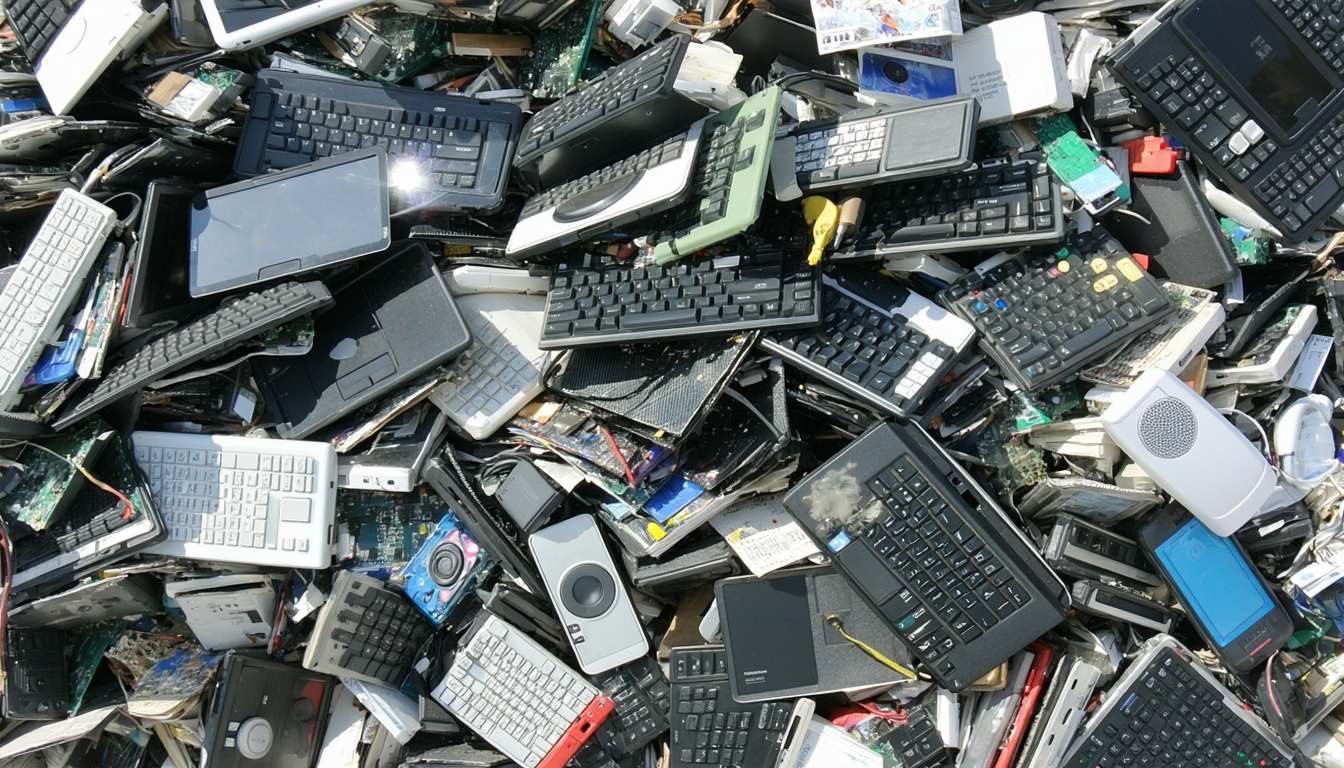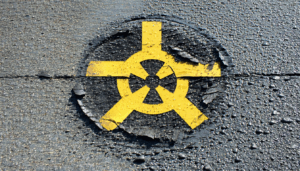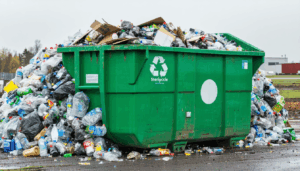In an era where technology evolves at lightning speed, the United States faces a mounting challenge: electronic waste, or e-waste. With millions of devices discarded annually, the search for “e-waste disposal near me” has become a pressing concern for individuals and businesses alike. This article explores the latest developments in e-waste management across the country, highlights key disposal options, and examines the environmental and economic impacts of improper handling. From new regulations to innovative recycling programs, here’s what you need to know about managing e-waste responsibly in 2023.
The Rising Tide of E-Waste in America
The U.S. generates over 6.9 million tons of e-waste each year, according to the Environmental Protection Agency (EPA). This includes discarded smartphones, laptops, televisions, and other electronics that often contain hazardous materials like lead, mercury, and cadmium. Only about 12.5% of this waste is recycled, leaving a significant portion to pile up in landfills or be illegally exported. The growing volume of obsolete tech has sparked urgent calls for better disposal and recycling systems nationwide.
Improper e-waste handling poses severe risks to both the environment and public health. Toxic substances can leach into soil and water, while valuable materials like gold and copper go to waste. As awareness grows, more Americans are searching for sustainable solutions close to home.
Navigating E-Waste Disposal Near Me: Options and Challenges
Finding local e-waste disposal options is easier than ever, thanks to increased public and private initiatives. Many states now mandate recycling programs for electronics, with drop-off locations available at retail stores, municipal centers, and specialized facilities. For instance, California’s Electronic Waste Recycling Act requires retailers to provide free recycling services for covered devices. Websites like Earth911.com also offer tools to locate nearby facilities by simply entering your zip code.
However, challenges remain. Accessibility varies widely between urban and rural areas, and not all facilities accept every type of device. Additionally, some programs charge fees for certain items, which can deter participation. “The patchwork of state laws creates confusion for consumers,” says Dr. Sarah Bennett, an environmental policy expert at Stanford University. “A unified national framework could streamline e-waste disposal near me and boost recycling rates.”
Key Developments in E-Waste Management
Several recent advancements are shaping how Americans handle electronic waste:
- Federal Legislation: In 2023, Congress introduced the E-Waste Recycling Act, aiming to establish national standards for disposal and fund infrastructure for recycling centers.
- Corporate Responsibility: Tech giants like Apple and Dell have expanded take-back programs, allowing customers to return old devices for free. Apple reported recovering over 61 million pounds of materials through its initiatives in 2022.
- Innovative Solutions: Startups are developing mobile apps to connect users with local recyclers, making the search for “e-waste disposal near me” more user-friendly.
- State-Level Bans: Over 25 states have banned e-waste from landfills, pushing residents to seek proper recycling channels.
These efforts signal a shift toward accountability, but experts warn that enforcement and public education must keep pace with policy changes.
Environmental and Economic Impacts
The stakes of e-waste management extend beyond cluttered garages. Environmentally, recycling prevents toxic pollution and conserves resources—reclaiming metals from old devices reduces the need for mining. Economically, the EPA estimates that the e-waste recycling industry supports over 45,000 jobs in the U.S. and generates billions in revenue annually.
Yet, illegal dumping and overseas shipping of e-waste remain persistent issues. These practices often exploit vulnerable communities abroad, where lax regulations lead to unsafe dismantling. Balancing local solutions with global responsibility is a critical challenge for policymakers.
Future Outlook: What Lies Ahead?
Looking forward, experts predict that technological innovation will play a pivotal role in tackling e-waste. Advances in modular device design could make repairs easier, extending product lifespans. Meanwhile, growing consumer demand for sustainable practices may pressure manufacturers to prioritize recyclability. “The future of e-waste management lies in collaboration between governments, corporations, and citizens,” notes Dr. Bennett.
On a local level, expanding access to disposal options remains essential. As more Americans search for “e-waste disposal near me,” community-driven initiatives and awareness campaigns could bridge existing gaps.
In conclusion, managing electronic waste is a shared responsibility that demands immediate action. From leveraging new laws to supporting local recycling programs, every step counts toward a cleaner, safer future. By staying informed and proactive, individuals can help turn the tide against one of America’s fastest-growing waste streams.
Frequently Asked Questions (FAQs)
1. What is considered e-waste?
E-waste includes discarded electronic devices such as smartphones, computers, TVs, printers, and batteries that are no longer in use.
2. How can I find e-waste disposal near me?
Use online tools like Earth911.com or check with local municipalities, retailers, or electronics manufacturers for drop-off locations in your area.
3. Is there a cost to recycle e-waste?
Some programs are free, especially for common items like phones or laptops. However, fees may apply for larger or specialized equipment depending on your location.
4. Why is proper e-waste disposal important?
Proper disposal prevents environmental contamination from toxic materials and allows valuable resources to be recovered through recycling.
5. Are there laws about e-waste disposal in the US?
Yes, over 25 states have specific regulations or bans on landfill disposal of electronics, though rules vary widely by region.




